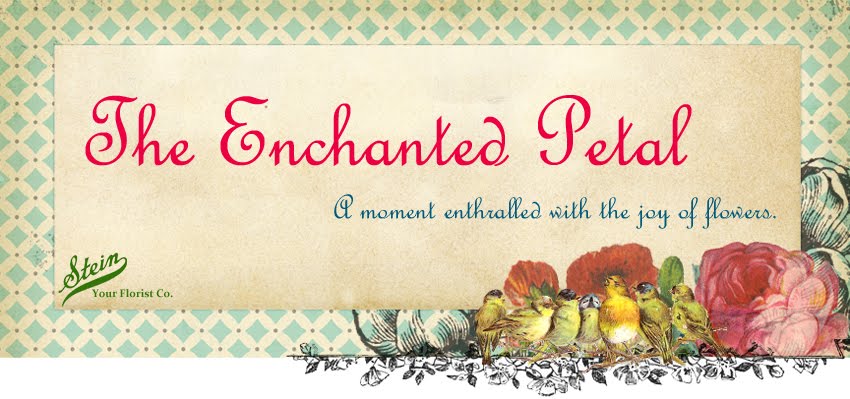 |
| Jingle Bell Poinsettia |
 |
| Purple Poinsettias |
 |
| Poinsettia bracts turning white |
Day 53 - Poinsettias are one the most difficult plants to reflower after the initial display when purchased. Poinsettias need a period of uninterrupted long, light-free nights for about two months in early spring in order to develop flowers.
 |
| Pink Poinsettia |
Day 54 – In Nahuatl , the language of the Aztecs, the Poinsettia was called Cuitlaxochitl (from cuitlatl, for residue, and xochitl, for flower), meaning "flower that grows in residues or soil." The Aztecs used the poinsettia leaves to dye fabric and the sap for medicinal purposes.
 |
| Christmas Eve Miracle Poinsettias |
Day 55 - A Mexican legend explains how Poinsettias came to be associated with Christmas. Apparently, a child who could not afford a gift to offer to Christ on Christmas Eve picked some weeds from the side of a road. The child was told that a humble gift, if given in love, would be acceptable in God's eyes. When brought into the church, the weeds bloomed into red and green Poinsettia flowers and the congregation felt that they had witnessed a Christmas miracle. Merry Christmas to you and yours!!















